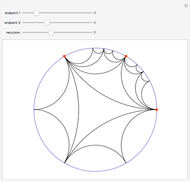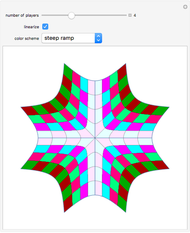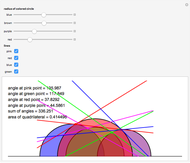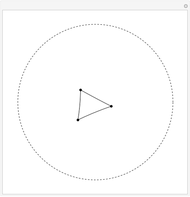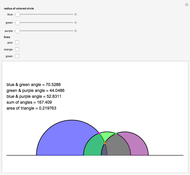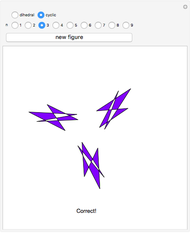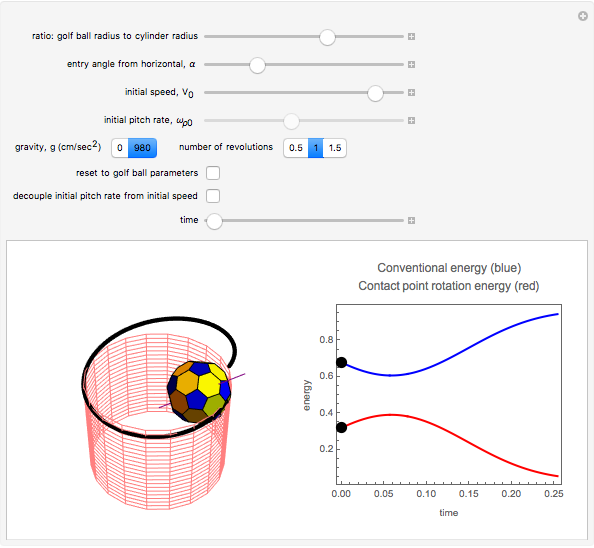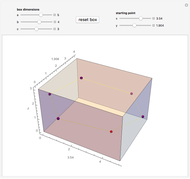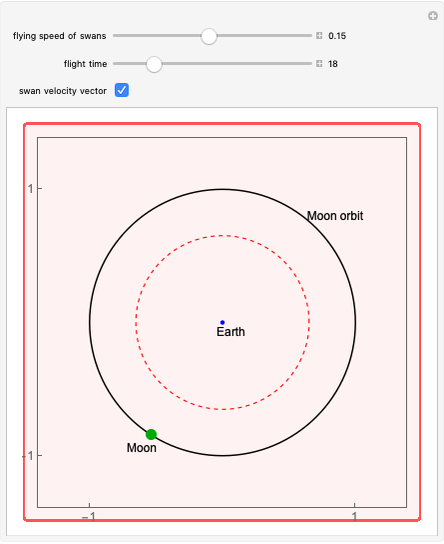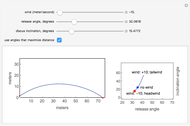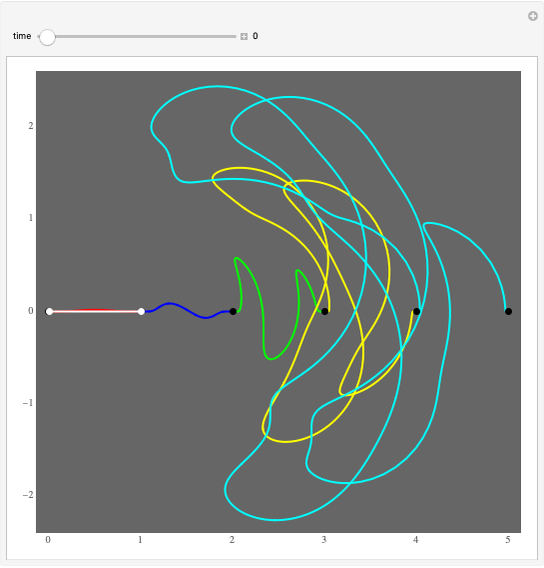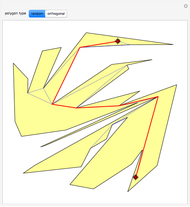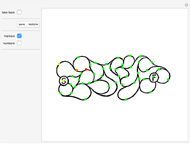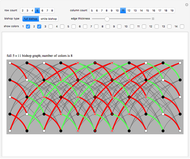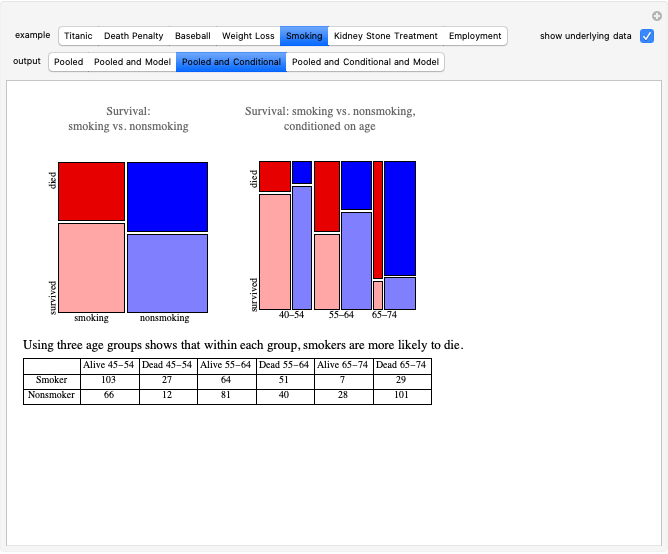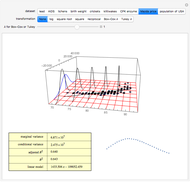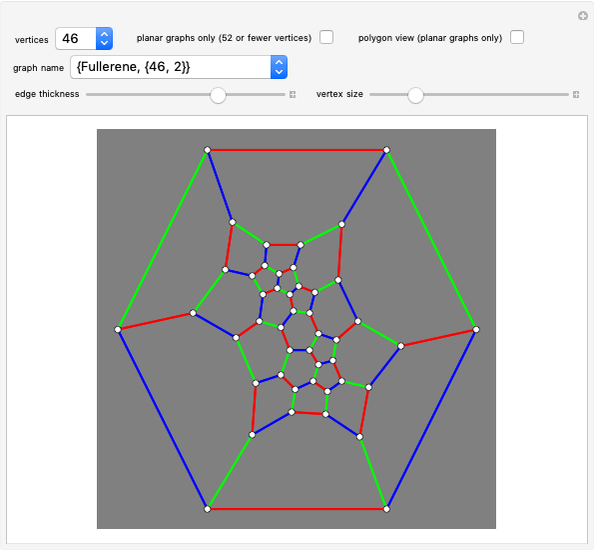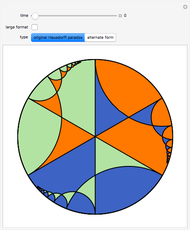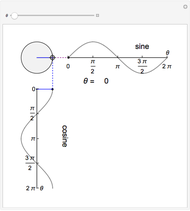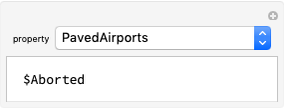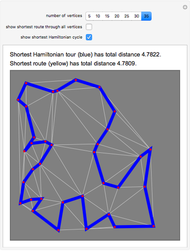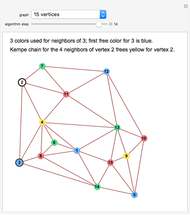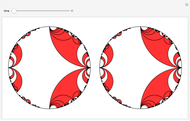The Banach-Tarski Paradox

Requires a Wolfram Notebook System
Interact on desktop, mobile and cloud with the free Wolfram Player or other Wolfram Language products.
This Demonstration shows a constructive version of the Banach–Tarski paradox, discovered by Jan Mycielski and Stan Wagon. The three colors define congruent sets in the hyperbolic plane  , and from the initial viewpoint the sets appear congruent to our Euclidean eyes. Thus the orange set is one third of
, and from the initial viewpoint the sets appear congruent to our Euclidean eyes. Thus the orange set is one third of  . But as we fly over the plane to a new viewpoint, we come to a place where the congruence of orange to the green and blue combined becomes evident. Thus the orange is now half of
. But as we fly over the plane to a new viewpoint, we come to a place where the congruence of orange to the green and blue combined becomes evident. Thus the orange is now half of  .
.
Contributed by: Stan Wagon (April 2007)
(Macalester College)
Open content licensed under CC BY-NC-SA
Snapshots
Details
(*)  ,
,  ,
,  .
.
Snapshot 1: the orange set is a third of the hyperbolic plane
Snapshot 2: the viewpoint has switched and the green region has become blue; the orange set is now congruent to the green and blue combined, and so is one half of the hyperbolic plane
Snapshot 3: the orange set in the alternative paradox is a little simpler, and is still simultaneously a third and a half of the hyperbolic plane
More details can be found in [1].
Reference
[1] S. Wagon, The Banach-Tarski Paradox, New York: Cambridge University Press, 1985.
Permanent Citation









